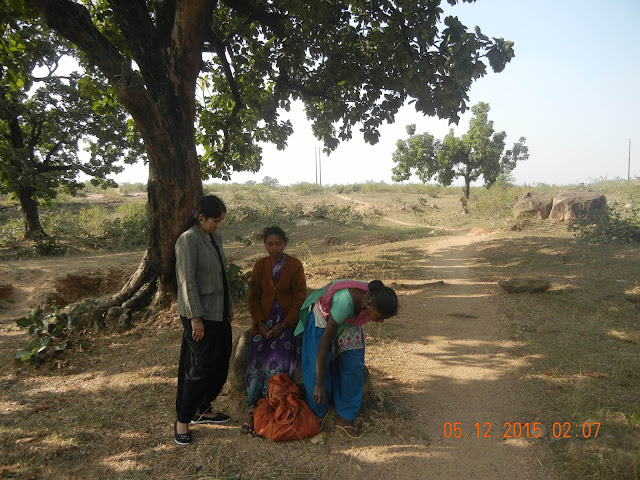Asur The Indigenous People !!
Asur are the indigenous people of India who live in Jharkhand and West Bengal. Asur is considered to be one of the oldest indigenous communities of India. K K Leuba’s study reveals that the present Asur are the descendants of the Asur of Mahabharat Age. Archaeological excavations in Jharkhand have confirmed this fact.
History and profession
Asur were not farmers. The profession of Asur was mainly the metal works of iron. Asur community is one of the ancient metallurgist communities of the world. Very few of such communities exist today. They fall under Proto-Australoid category of ancient human who started migrating from Africa around 65,000 years ago.Religious References
Asur believes Mahishasur, who also appears in Hindu mythologies as a demon, to be their ancestor. Asur mourn during the Hindu festival Durga Puja because Durga, a Hindu goddess, had slain Mahishasur. They believe that Durga killed Mahishasur by trick. Hindu gods were afraid of Mahishahsur’s strength so they asked goddess Durga to kill him. Being a woman, it was easier for Durga to kill Mahishasur. In 2011, there was a controversy in JNU when a backward student organization tried to observe ‘Mahishasur Martyr Day’ during Durga Puja. A right wing student’s organization saw it as hurting their religious sentiments.Present Conditions
In Jharkhand Asur live in very poor conditions like most of the other indigenous communities. They don't have basic amenities like health care, drinking water, education, etc. Bauxite mining in their area has caused many issues related to livelihood, pollution, etc. These days, a few Asur from the young generation in Jharkhand are fighting for their existence and to preserve their history & culture. Sushma Asur is one among the young Asur who is working in this area.Munda mythology claims that when they arrived in the Chotanagpur Region the Asuras would not allow Munda to stay in their territory9. And as a result, the Munda gods punish the Asuras by making Asura women become a part of the Munda tribe, and the Asura males were burnt to death in the Asura iron smelting furnaces9. This myth implies that the Munda took Asura territory after violent conflict.
A good example of this exchange comes from the Chotanagpur region. Here the Munda play an important role in the society, because they granted land to migrants who settled the Ranchi district. According to the Oraon traditions they had to give up their gods and language to settle on Munda lands9.
In conclusion , the molecular variance of the mtDNA of Munda speakers fails to support a Southeast Asianorigin for this population. The probable dating of y-chromosome O2a at 65kya7 and mtDNA R8 at 41.7 kya13 suggest a deep rooted ancestry for Munda speakers in India.







